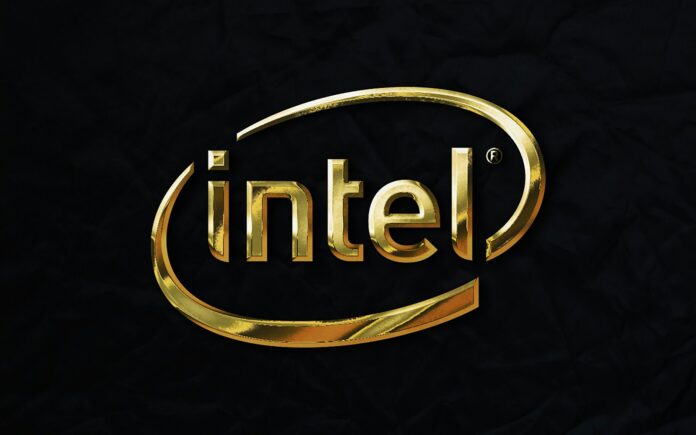Key Takeaways
- The U.S. government now owns a 10% stake in Intel under a CHIPS Act grant.
- Critics argue this Intel deal mirrors China’s state-run business model.
- The Wall Street Journal’s conservative board warns of growing “statism.”
- Few Republicans in Congress have opposed the move so far.
- Some fear future presidents might use this stake for political aims.
Overview of the Intel deal
On Friday, the president announced the U.S. would take a 10% ownership stake in Intel. The government will pay $8.7 billion under an approved grant from the CHIPS and Science Act. Intel calls these funds part of its Secure Enclave program. In effect, Washington joins as a minor partner in one of its largest chip makers.
This Intel deal aims to boost domestic chip production. It also seeks to counter China’s growing influence in tech. While supporters praise stronger supply chains, critics see a worrying trend.
Why Critics Target the Intel deal
Conservative editors at a leading national paper blasted the Intel deal. They claim it copies China’s model of state-controlled business. In their view, the U.S. now imitates a system it once opposed. They wrote, “Washington is becoming Chinatown.”
Moreover, the editorial board warned the deal may stifle innovation. They fear company leaders will shift focus from profits to political aims. They also note Intel already struggles with delays and cost overruns. Therefore, adding government oversight could slow its turnaround even more.
Republicans Silent on Statism?
Surprisingly, few Republican lawmakers have objected to the Intel deal. Critics ask why party members remain quiet. After all, Republicans often oppose big government in business. Yet this deal passed without major roadblocks.
Some believe party leaders back higher tech funding to compete with China. However, this deal still represents an unusual level of state involvement. If next year’s election brings a new Democratic president, that administration could steer Intel toward social projects. For example, they might direct profits into low-income housing. This thought alarms conservatives who loathe government overreach.
How the Intel deal Could Shape Politics
State stakes in private firms create new power lines. A future administration could use ownership to reward allies. It might push corporate boards to meet specific goals. Thus, business decisions could hinge on political pressure.
Furthermore, this trend could spark a fusion of left and right ideas. While leftists favor government action to help workers, right-wing statists now back federal control in strategic sectors. Consequently, both sides inch closer to a shared belief in big government solutions.
Potential Impact on Innovation
Critics argue that government involvement kills risk-taking. They say executives may avoid bold moves to keep political sponsors happy. Instead, firms could focus on meeting policy targets. In this scenario, product roadmaps may follow Washington’s agenda, not market demand.
However, supporters insist the Intel deal frees companies from financial strain. They believe stable funding ensures long-term research and development. They also argue that rivals in China enjoy full state backing, so the U.S. must match that strength.
Understanding Statism and Market Choice
Statism means heavy government control over industry. In contrast, free markets let buyers and sellers decide. Critics of the Intel deal see a slide toward the former. They worry America may lose its competitive edge.
On the other hand, some experts claim strategic industries need more public support. They point out key technologies can determine national security. Therefore, the government’s role may be less about politics and more about survival.
Breaking Down the Debate
First, this deal tests how far the U.S. will go to compete internationally. Second, it poses a dilemma about government size. Third, it raises questions about the future of corporate independence. Finally, it reveals surprising unity among elites for state-backed projects.
What Happens Next?
Congress could revisit the Intel deal in future budgets. If Republicans gain more seats, they may seek limits on such investments. Conversely, Democrats might expand the program. Either way, the precedent stands: the U.S. now owns a piece of Intel.
Meanwhile, Intel faces the challenge of meeting both market demands and policy goals. Its leadership must balance profit targets with government priorities. Success or failure here may shape how America funds key industries.
Conclusion
The Intel deal marks a clear shift in U.S. policy. By taking an ownership stake, the government joins the boardroom. Critics warn this mirrors China’s state-run model and risks stifling innovation. Yet supporters believe it levels the global playing field. As Republicans weigh in, the nation must decide how much control it wants over private firms.
Frequently Asked Questions
What does the Intel deal involve?
The Intel deal gives the U.S. government a 10% ownership share in Intel. The funds come from the CHIPS and Science Act grant.
Why do critics compare it to China’s model?
Critics say government stakes in private firms mirror China’s state-run economy. They warn this approach reduces market freedom and hampers innovation.
Could this deal affect political decisions at Intel?
Yes. Government ownership may let future administrations push Intel toward social or political goals, from housing projects to workforce rules.
Will the Intel deal boost U.S. chip production?
Supporters believe the funding will speed research and cut reliance on foreign suppliers. However, some caution that added oversight could slow down new products.

